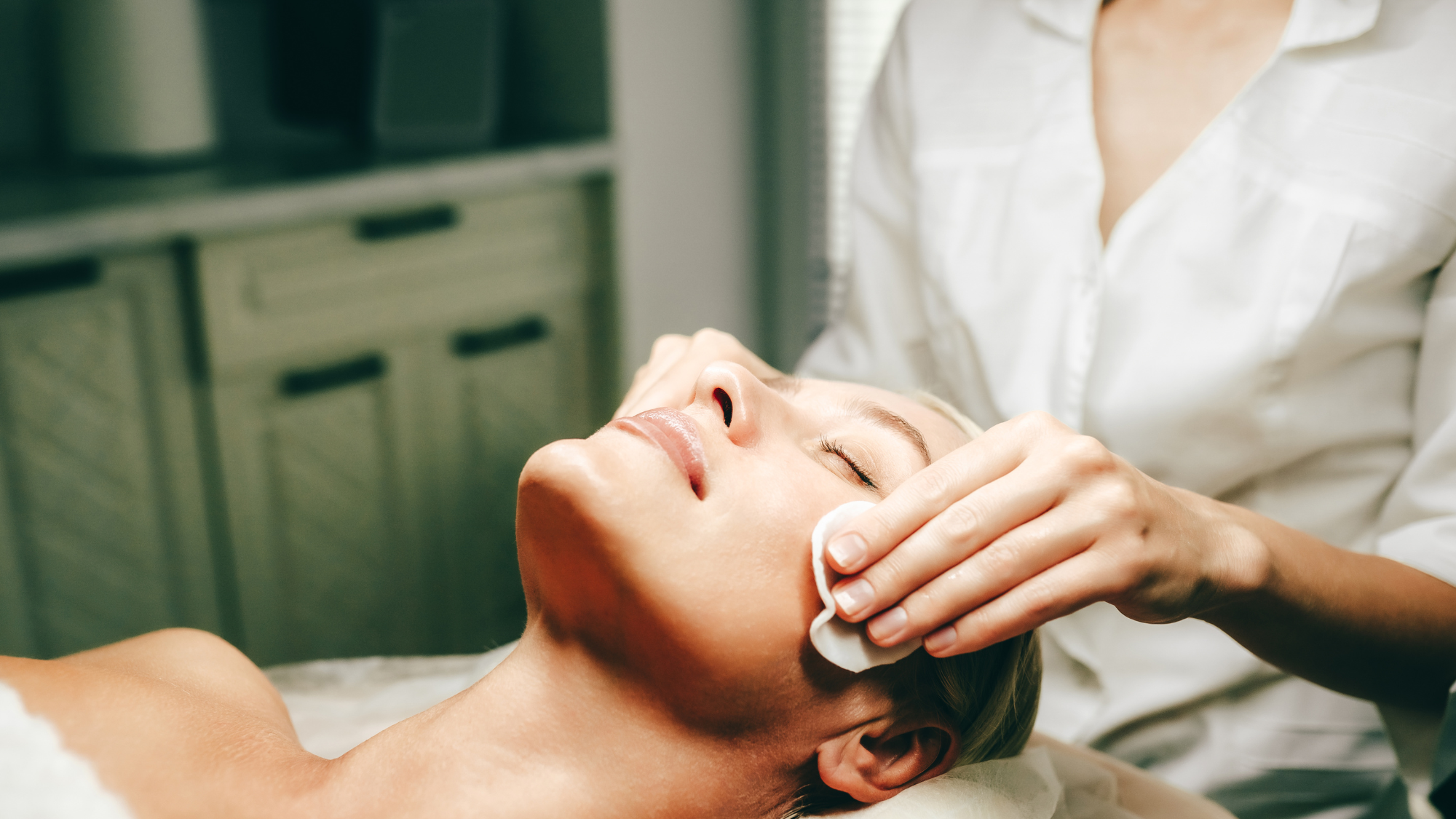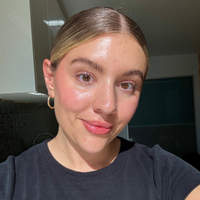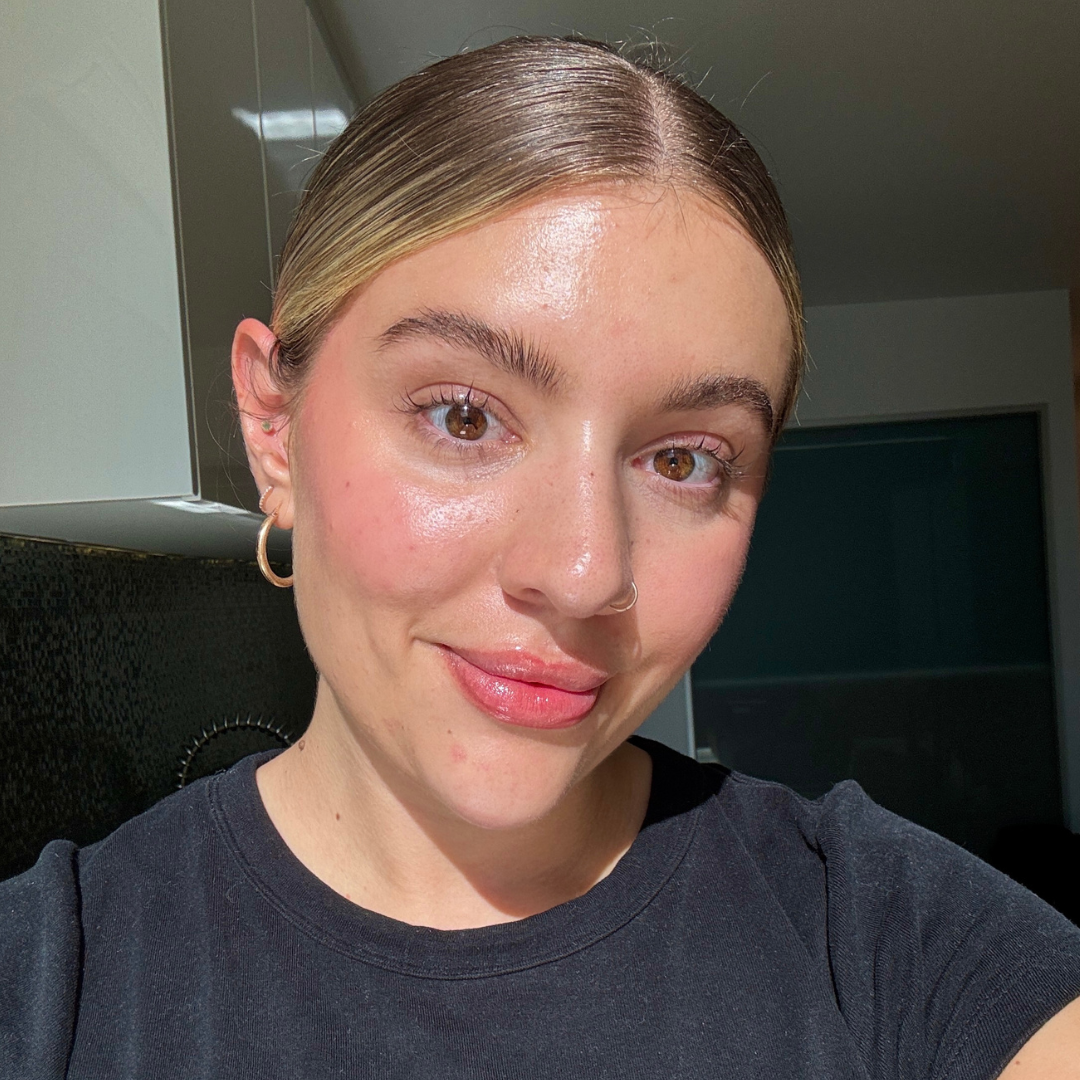'Treatment Stacking' Is the Subtle Antidote to the Age of ‘Quick-Fix’ Injectables
Combining gradual treatments around regeneration and longevity


Our approach to aesthetic treatments has undeniably changed over the past few years. With the focus firmly shifting onto regenerative aesthetics and promoting longevity, it's less about quick fixes that add obvious volume or enhance a certain feature. Perhaps the biggest proof of this is the way we approach treatments now. Whereas previously, those interested in injectables would book in once or twice a year for regular filler and Botox appointments. Now, however, we tend to take a more 'little and often' approach, focusing on combined treatments that promote skin health and long-term vitality. This is where 'treatment stacking' comes in.
What is 'treatment stacking'?
As mentioned, our approach to treatments has changed; it's no longer the sporadic 30-minute appointment for forehead Botox or lip filler. Instead, our schedule tends to be more holistic and centred around longevity, using a variety of approaches for best results.
"Treatment stacking means combining different cosmetic treatments, such as lasers, injectables, or regenerative therapies, either in the same session or as part of a planned sequence," explains Consultant Dermatologist, Dr Sidra Khan. "Each intervention works on a different layer or via a different pathway within the skin, allowing them to work synergistically."
This approach benefits from a patient working closely with their practitioner to discover and aim for personalised goals over a long period of time. "Rather than relying on a single treatment, stacking allows us to take a layered, strategic approach, often yielding more natural, balanced and longer-lasting results," adds Aesthetic Doctor at Taktouk Clinic, Dr Christine Hall.
Why is it becoming more popular?
There are myriad reasons treatment stacking has become so popular lately. First, it reflects a broader shift in the way we as a society view and desire aesthetic treatments. We are becoming more savvy and better informed when it comes to beauty and aesthetics generally. Because of this, we want results, but results that are both subtle and natural-looking—and our increased knowledge tells us this is now possible.
"Treatment stacking is not just a trend, it’s an evolution in how we care for the skin," explains Dr Hall. "It’s about understanding that no single treatment holds all the answers, and that the most beautiful results often come from a gentle, multi-dimensional approach."
Our perspective has shifted in terms of how we view ageing as well. "I love that we’re moving away from the idea of 'anti-ageing' or fighting time, and instead focusing on skin health," comments Dr Khan. "More and more patients are asking how to improve the quality and function of their skin, not just erase wrinkles. It’s such an important and positive shift, one that places value on skin health and longevity, achieved gradually and safely through thoughtful, individualised care."
Celebrity news, beauty, fashion advice, and fascinating features, delivered straight to your inbox!
Our interest in treatment stacking also reflects our fascination with global beauty trends (Dr Hall says it mirrors those in South Korea, "where multi-layered treatment approaches and skincare rituals are the norm") and the shift away from obviously filled and frozen faces. "By using smaller amounts of product across multiple modalities, we can achieve subtle, harmonious results that enhance rather than alter," says Hall.
Lastly, this approach has many practical benefits: it's tailored to each patient and can work with busy schedules. "Today’s patients are looking for efficiency. Many have busy lives and limited time for recovery. Combining complementary treatments in a single session means fewer appointments and faster outcomes," Hall notes.
A post shared by Dr Christine Hall • 크리스틴 • K-Beauty • Aesthetics Doctor (@drchristinehall)
A photo posted by on
How to ask for it—and which treatments to combine
The best part about treatment stacking is that it allows each patient to receive a bespoke schedule, suited to their individual goals. For this reason, it could feature and combine any number of aesthetic treatments—but there are certainly some that are used together more frequently than others.
Dr Khan, for example, looks to IPL and other intense light sources with fractional lasers to improve skin texture, tone and redness. Dr Christine adds that she commonly uses laser treatments or microneedling with exosomes or skin boosters, as well as Ultherapy Prime (which uses microfocused ultrasound to tighten the deeper layers of the skin) with Thermage FLX, which stimulates collagen in the more superficial layers of the skin.
Then, of course, there are more traditional treatment combinations, which tend to be most common. "Stacking isn’t necessarily something new. Combining Botox with certain skin boosters or dermal fillers in the same session is something we have done for years, and is a perfect example of treatment stacking," says Hall.
If you're wondering how to ask about combined treatments, Dr Hall urges us to remember, "treatment stacking is never a one-size-fits-all; it’s about building a bespoke plan that works in harmony with your features and needs." For this reason, you should first think about your personal goals, before having a conversation with a qualified and experienced consultant dermatologist, plastic surgeon or aesthetic practitioner to put a practical plan in place.

Rebecca is a freelance beauty journalist and contributor to Marie Claire. She has written for titles including Refinery29, The Independent, Grazia, Coveteur, Dazed, Stylist, and Glamour. She is also a brand consultant and has worked with the likes of The Inkey List on campaign messaging and branded copy. She’s obsessed with skincare, nail art and fragrance, and outside of beauty, Rebecca likes to travel, watch true crime docs, pet sausage dogs and drink coffee. Rebecca is also passionate about American politics and mental health awareness.